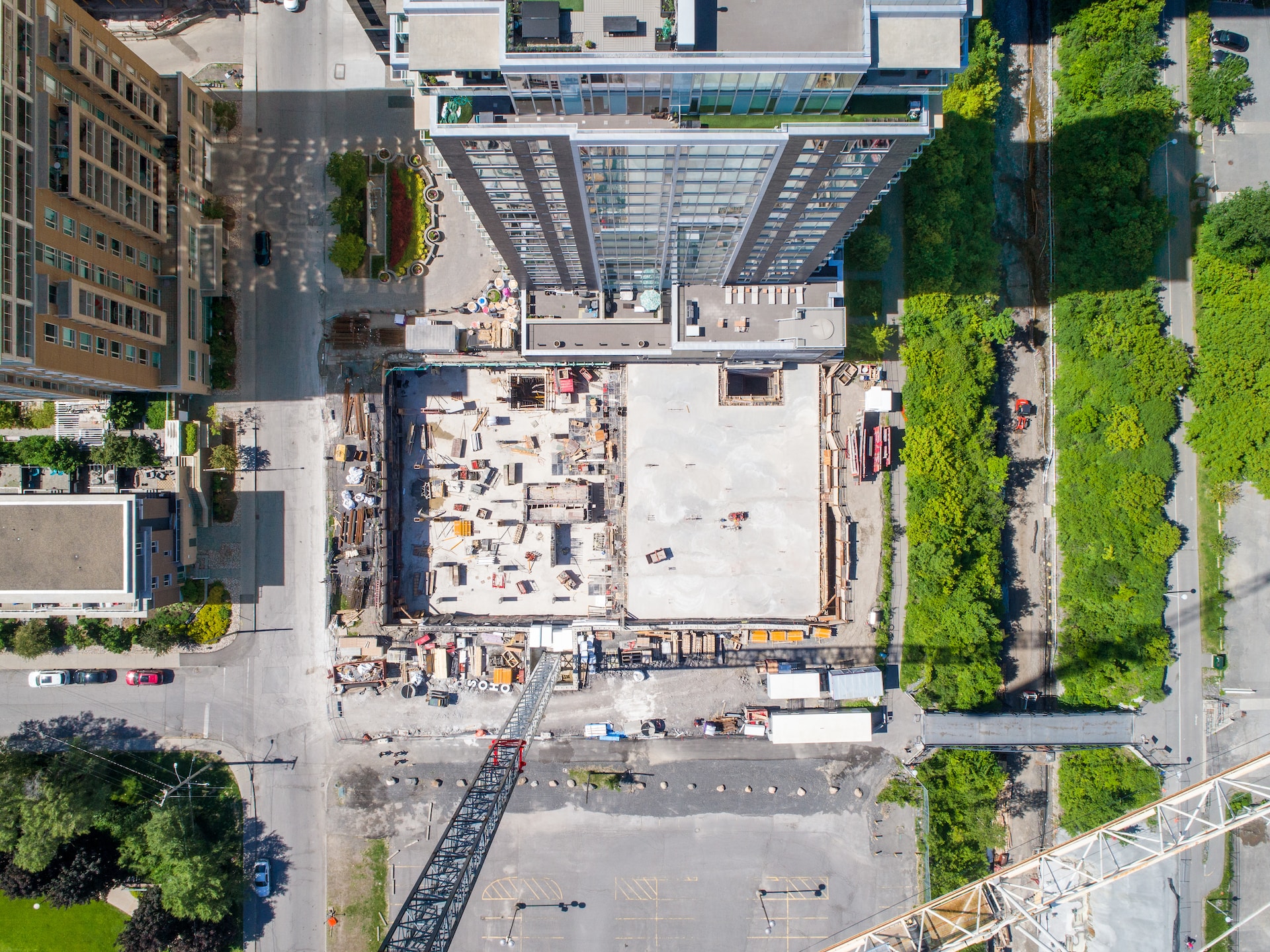

Question: What are the Signs of Neighborhood Gentrification?
Answer: Signs of neighborhood gentrification include increased property values, new construction or renovation, influx of higher-income residents, new businesses, and changes in the demographic makeup of the area.
What are the Signs of Neighborhood Gentrification? Understanding Gentrification
Gentrification is a process where a neighborhood undergoes economic and social changes, often resulting in a shift in the area’s character and demographics. Recognizing the signs of gentrification is important for understanding its impact on real estate and communities.
Changes in Demographics
One of the first signs of gentrification is a change in the neighborhood’s demographic profile.
Influx of Young Professionals
An increase in the number of young professionals moving into an area often signals the beginning of gentrification. These individuals are usually drawn by affordable housing prices and the potential for a neighborhood’s growth. [ 1 ]
Diverse Population Shifts
The demographic shift may also include a greater mix of backgrounds, contributing to a more diverse community. This diversity, however, can also lead to tensions between new and existing residents.
Click here to get your property value estimate
Please visit this page to learn more about the effects of gentrification
Related Article: Does Gentrification Help or Harm Neighbourhoods?
Related Article: What are Three Negative Effects of Gentrification?
Rising Property Values and Rents
A hallmark of gentrification is the increase in property values and rents.
Increase in Real Estate Prices
As the area becomes more desirable, the demand for housing increases, leading to higher property prices. This trend is often a clear indicator of gentrification in progress.
Rising Rental Rates
Along with property values, rental prices also tend to rise. This can make it difficult for long-term residents to afford their homes, leading to displacement.
Changing Business Landscape
The types of businesses opening in the neighborhood can reveal a lot about the gentrification process.
Arrival of High-End Stores and Restaurants
The replacement of local mom-and-pop stores with high-end boutiques, cafes, and restaurants is a common sign of gentrification. These businesses cater to the tastes and budgets of a wealthier demographic.
Closure of Long-Standing Local Businesses
As the neighborhood changes, longstanding local businesses may struggle to survive. Their closure is often an unfortunate side effect of the economic shifts associated with gentrification.
Physical Improvements and Development
Gentrification often brings physical changes to the neighborhood.
Renovation and Construction Activities
Increased renovation and construction activities in the area, including both residential and commercial properties, are strong indicators of gentrification.
Upgraded Public Spaces
Improvements in public spaces like parks, streets, and community centers also signal gentrification. These upgrades, while beneficial, are often geared towards attracting a wealthier demographic.
Sociocultural Changes
The sociocultural landscape of a neighborhood also shifts during gentrification.
Changes in Cultural Offerings
New cultural offerings that cater to the tastes of the incoming population, such as art galleries or theaters, can be a sign of gentrification.
Alteration in Community Dynamics
The social fabric of the community often changes, with traditional events and gatherings being replaced or modified to suit the preferences of newer residents.
Policy and Real Estate Market Reactions
The response of local policies and the real estate market can also indicate gentrification.
Zoning and Development Policies
Changes in zoning laws and increased focus on development projects by the local government can facilitate gentrification.
Real Estate Market Trends
The real estate market often reacts to gentrification with increased investor interest in the area. This interest further accelerates the gentrification process.
Visit this page to learn more about Jennifer Jewell and how she can help you
Conclusion
Recognizing the signs of gentrification is crucial for understanding its impact on neighborhoods and real estate markets. These signs include demographic shifts, rising property values and rents, changes in the business landscape, physical improvements, sociocultural changes, and responses from policy and real estate markets. While gentrification can bring positive changes, it also poses challenges, especially for long-term residents. It’s important for communities and policymakers to navigate these changes carefully, ensuring that the benefits of gentrification are shared equitably among all residents.
References
1. https://www.businessinsider.com/signs-your-neighborhood-is-gentrifying


